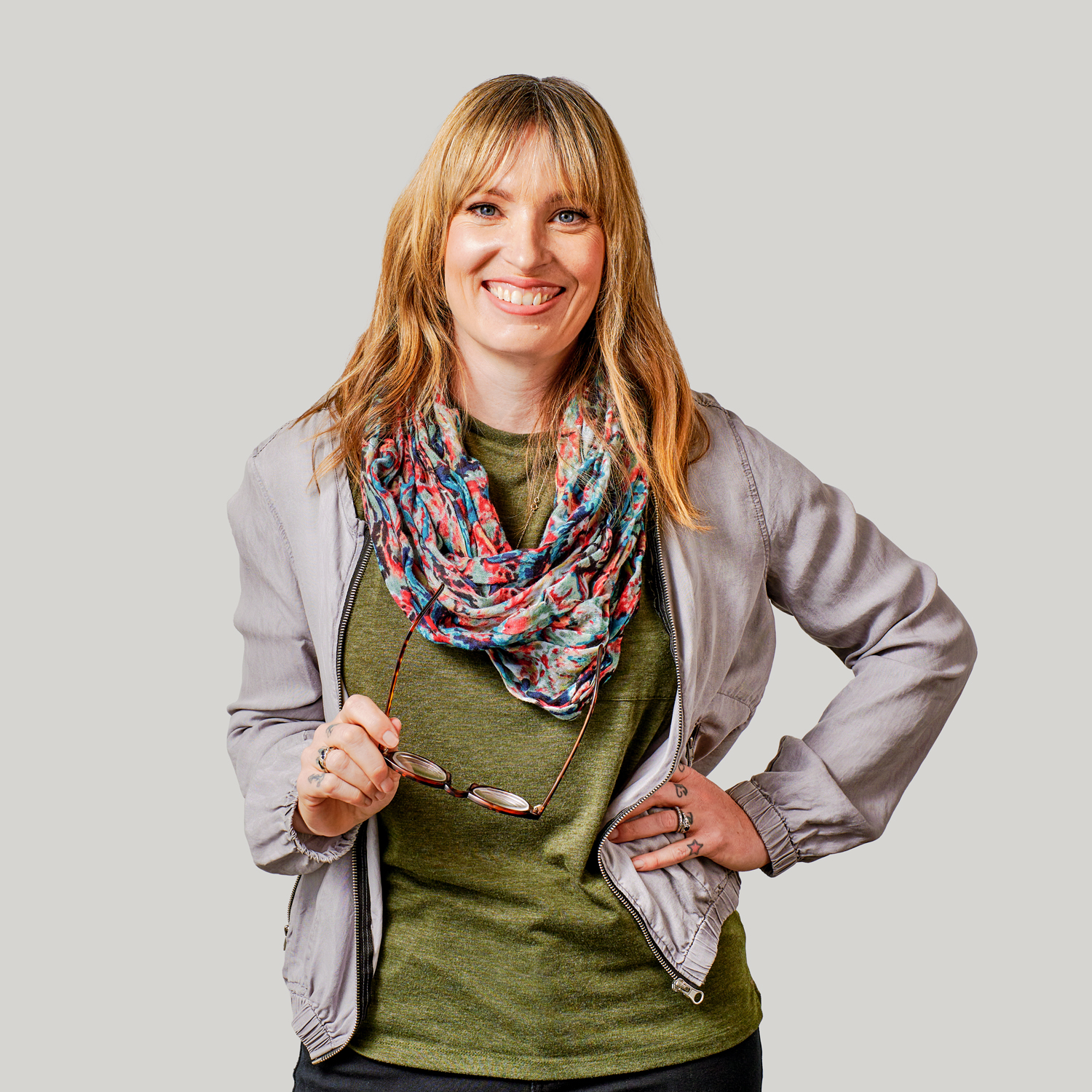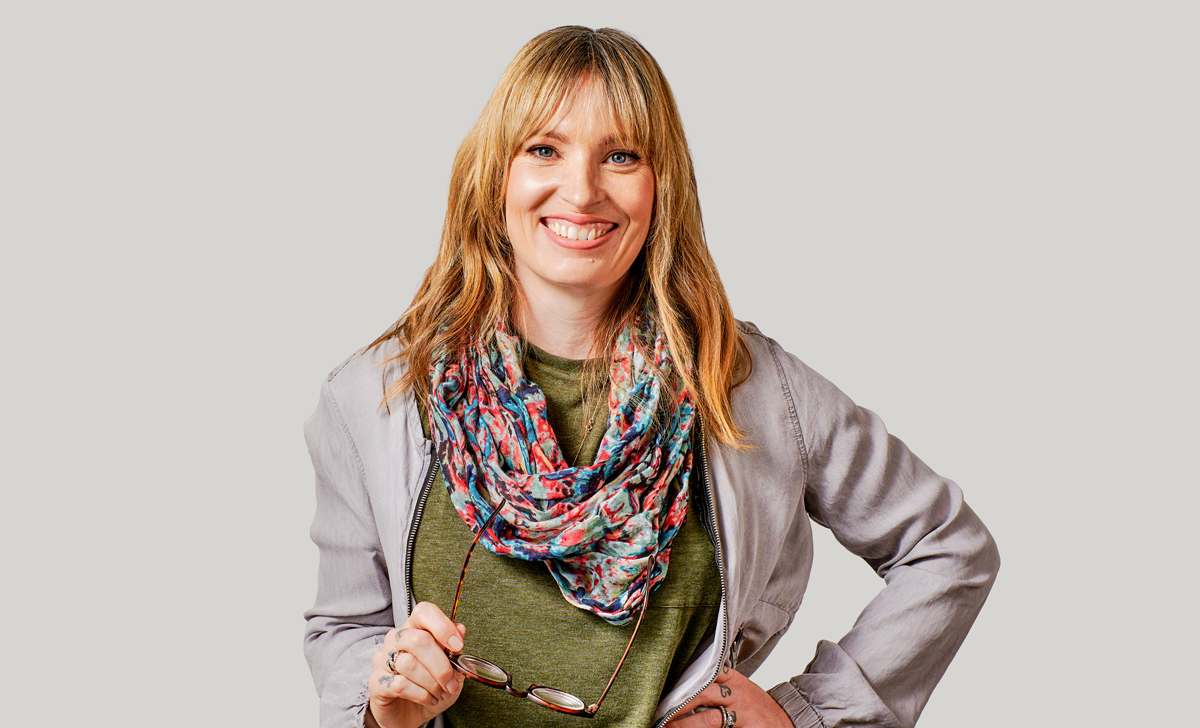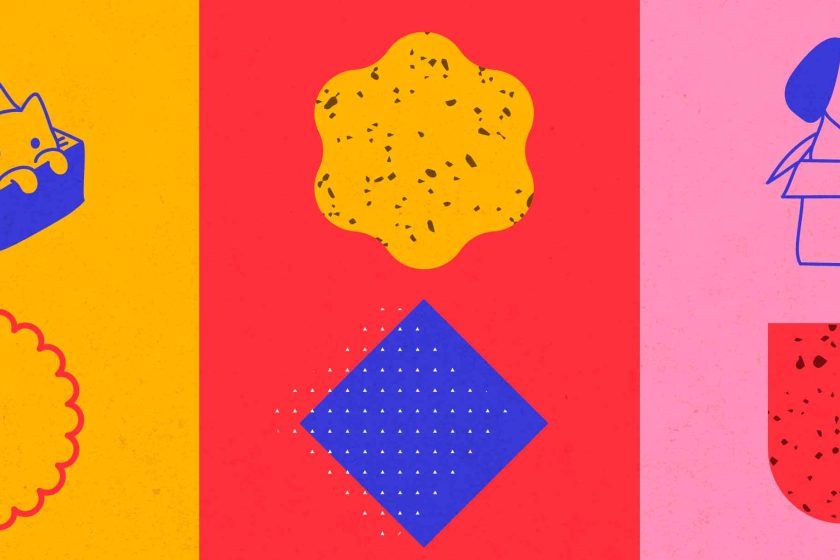

The way to approach research when undergoing a CPG brand refresh differs from when launching a new food product or brand. You must strongly consider the equity you have established. That doesn’t necessarily mean you need to maintain the equity—it could be that your brand needs a complete repositioning to succeed in a changing cultural or competitive environment. Regardless, it’s essential to understand what position your brand currently holds in the hearts and minds of consumers and to make sure you are only going “up” in their estimation.
During the initial phase (the “discovery phase”), it’s imperative to determine how much equity your current brand holds and which attributes reinforce your equity’s strength on pack. During this phase, we also uncover truths about the category, the consumers, the competition, and the store environment. But most of that is done without formal research.
Benchmarking existing equity is best done through some format of professional research because consumers are the ones who build the equity, not the brand itself. Putting a mix of current and aspirational consumers through exercises (i.e., association tests, flash exposure, ranking) helps determine which visual elements could be maintained, altered, or eliminated from the package without losing current consumers. These “hard and soft points” help inform the design phase.
Before you go into any research for design, you and your team must have clear objectives. Otherwise, you risk asking the wrong questions or finding internally divisive outcomes from confusing results.
Before you go into any research for design, you and your team must have clear objectives.
Quantitative research is generally the best approach for the benchmarking equity study, so we gather intelligence across multiple consumer demographics to determine broader learnings.
The other principal value of quantitative benchmarking research is to have a basis of comparisons against which to test concepts or a final design for validation.
Once you establish your overall objectives, you can use them to weigh the results of your outcome. Examples of research objectives for a CPG packaging design refresh benchmarking study include shopability at shelf, on-pack navigation, and quality perceptions.
In the second phase, the design phase, all the tools, processes, and methodologies from the first phase are used to inform the design. Either/or both quantitative and qualitative research can be instrumental. In-depth interviews of current users and competitors can help go deeper into helping select concepts or whittling down on specific language used around claims or eye-tracking.
The research methodology you choose to use in the design phase depends on your team. If you have one lead concept, you can skip this research step and go straight into validation testing. We typically use research in the design phase to determine a lead concept or even look at variations of a single idea. Reminder! You always use the objectives your team has aligned on from the onset for all research. For example, which concept is easier to find at shelf? Which concept conveys higher quality? You get the gist.
In the third phase, before production or activation, you will want to revert to your benchmarking equity study and try to repeat the number of users, package stimuli (size, counts, flavors), questionnaire or exercises, and objectives as closely as possible. This type of research is called “validation testing” because you are not asking new or in-depth questions about the design. You are simply testing “where you were” versus “where you are” directly.
Ideally, your team and your partner agency have leaned on the many findings from the discovery phase to build your strategy, so your results should show an apparent increase in your aligned-to objectives.
To learn more about basic research, check out this article.









